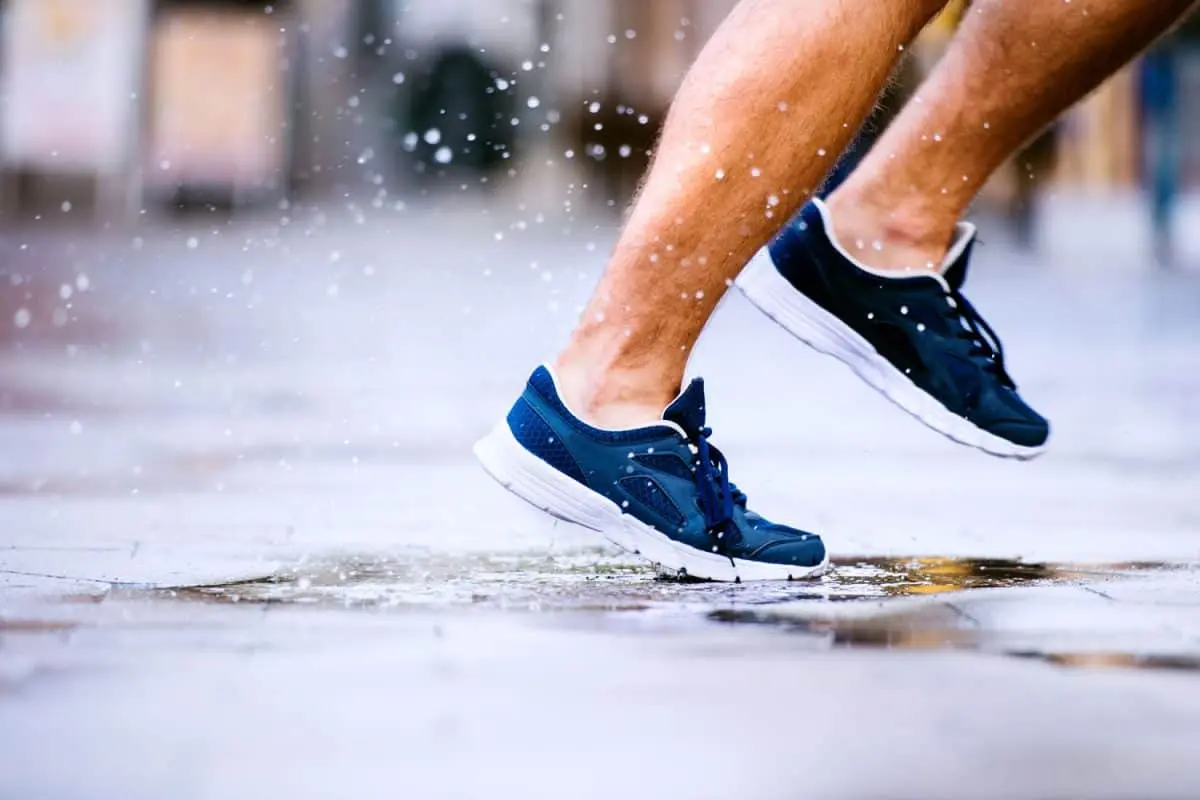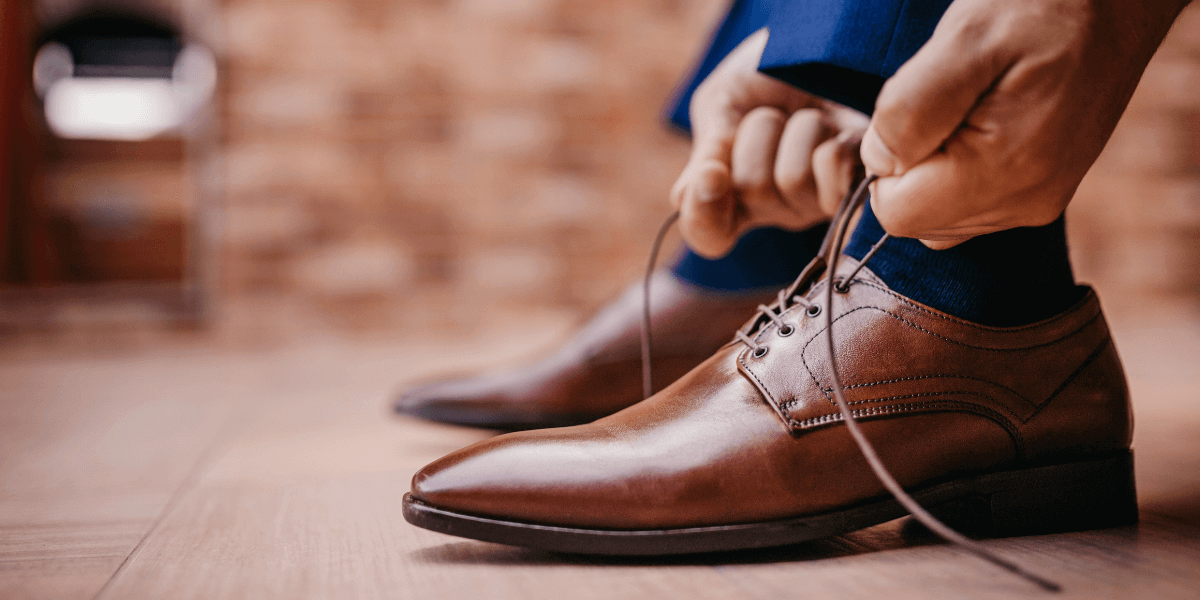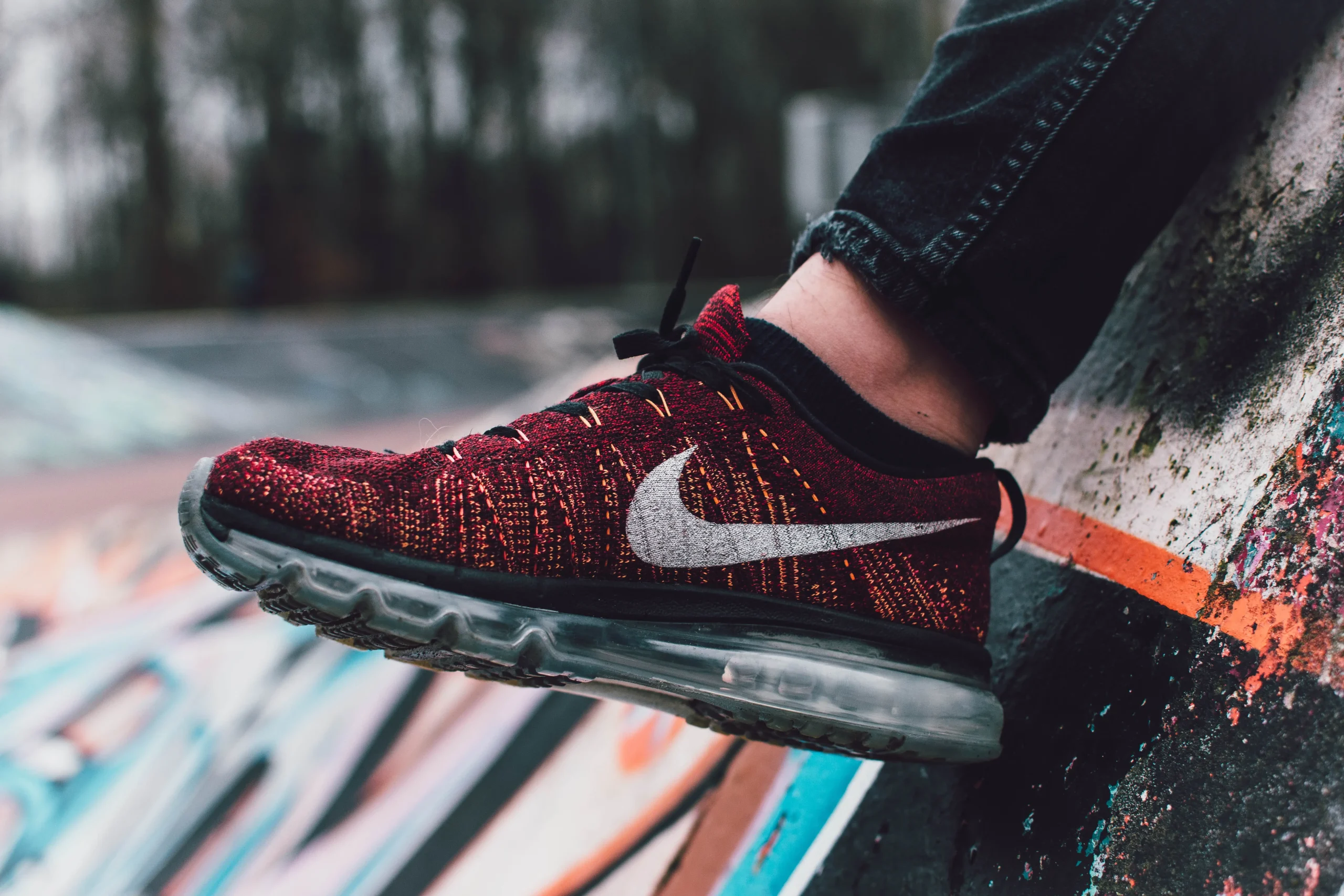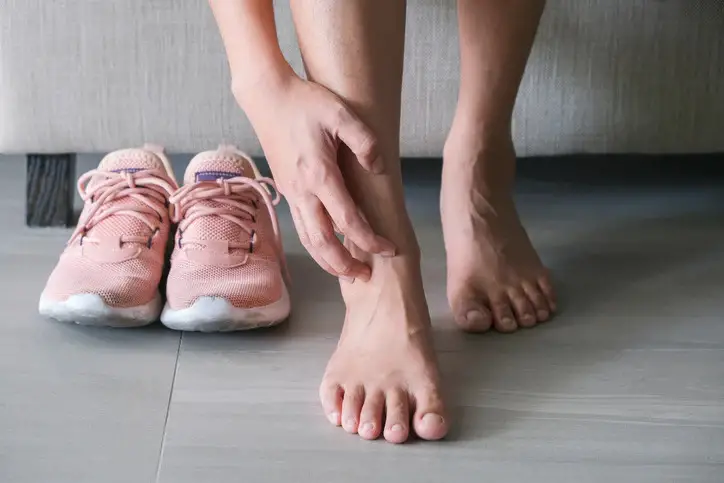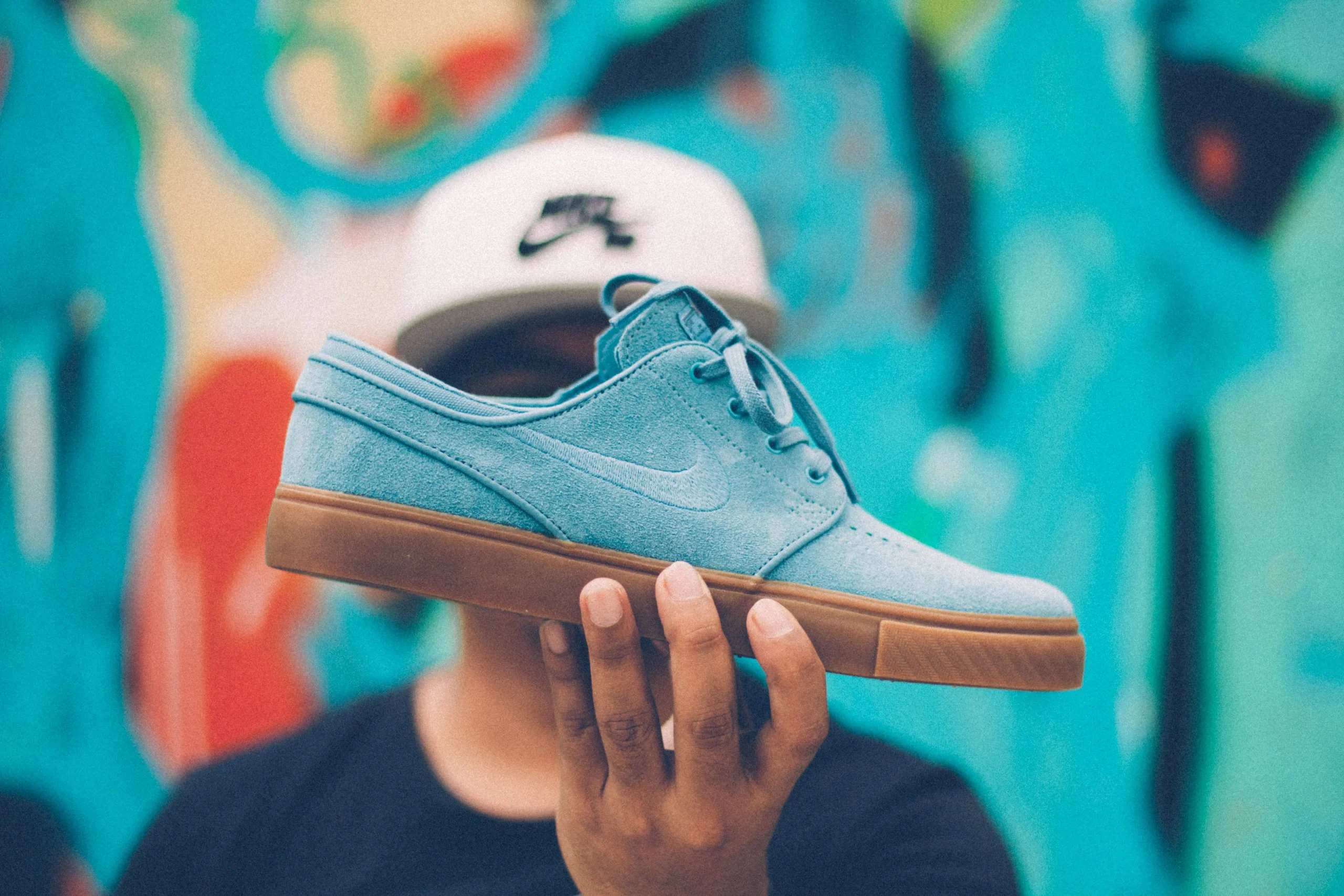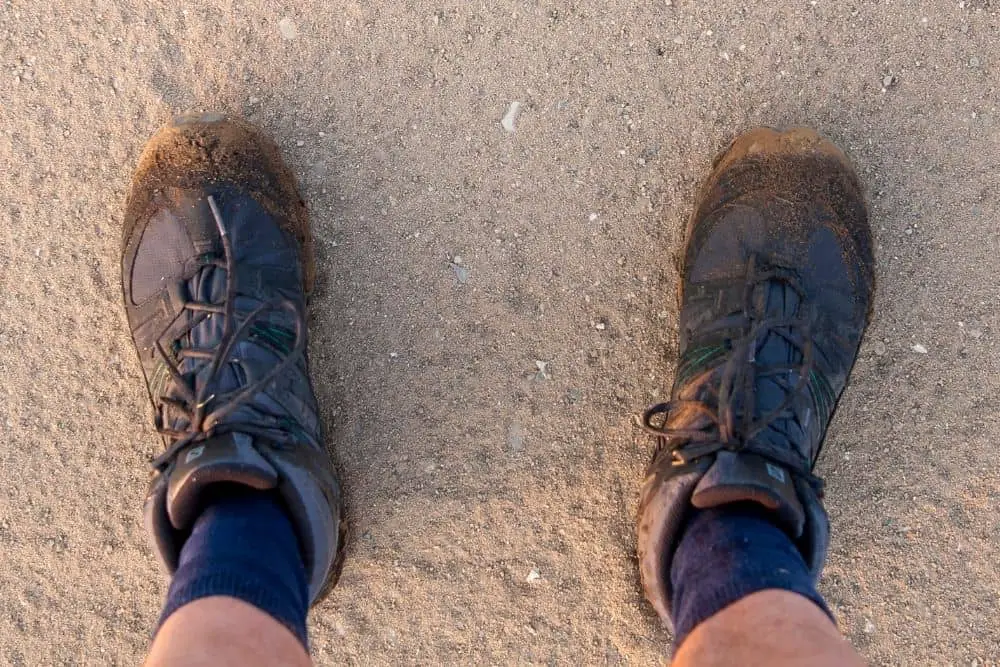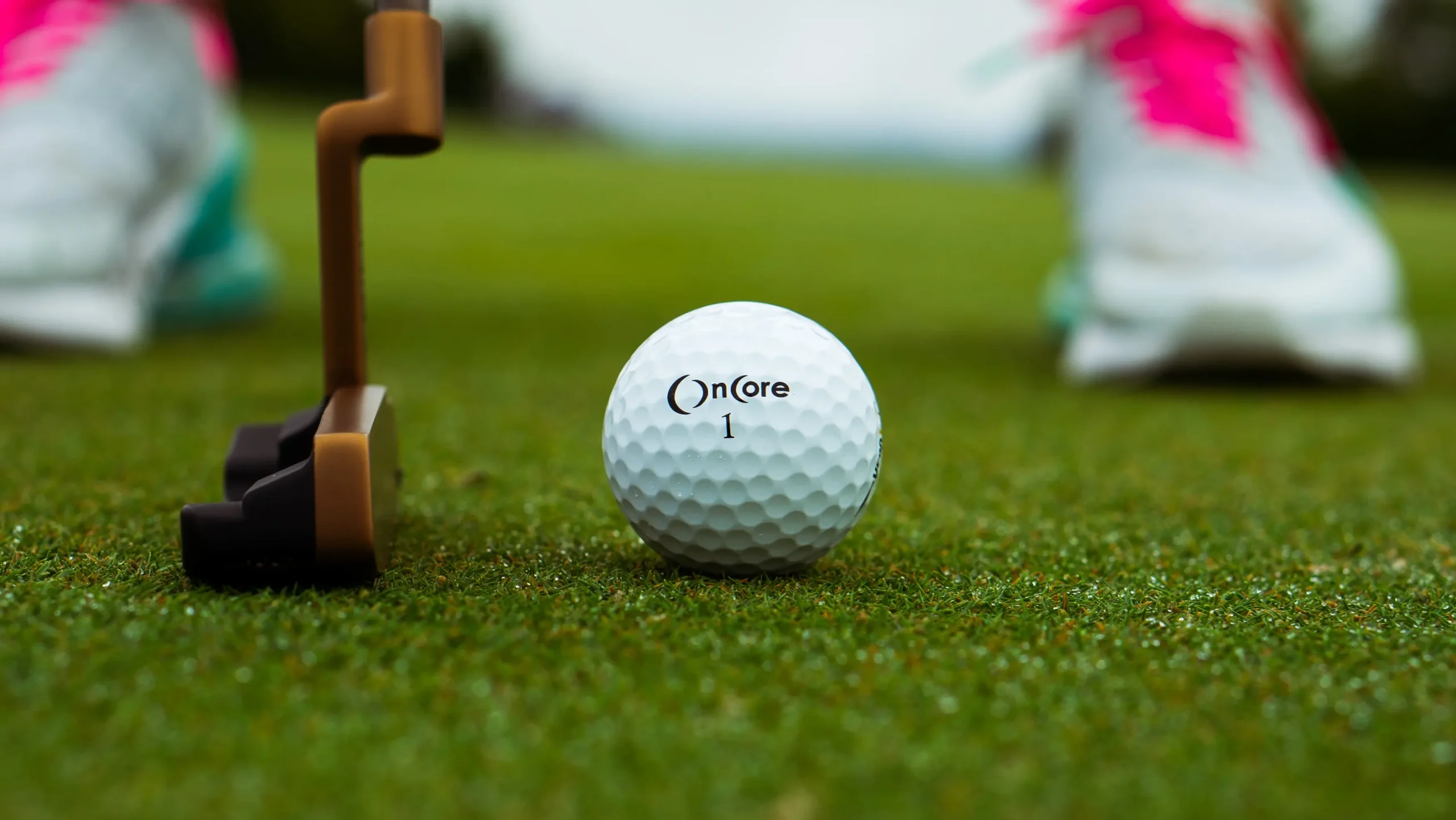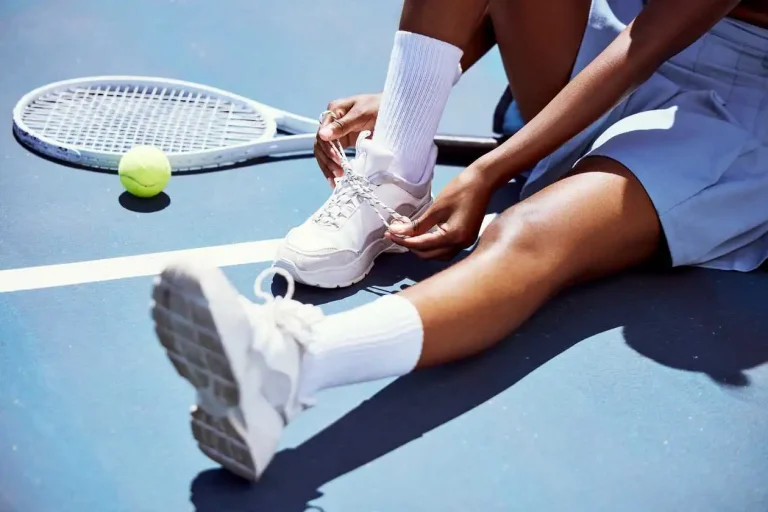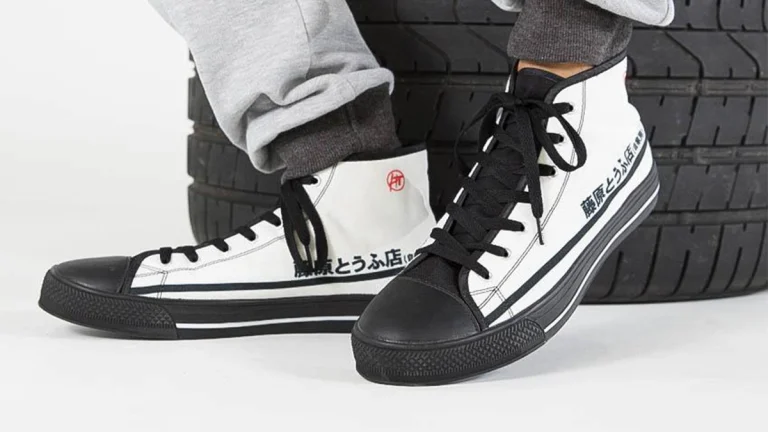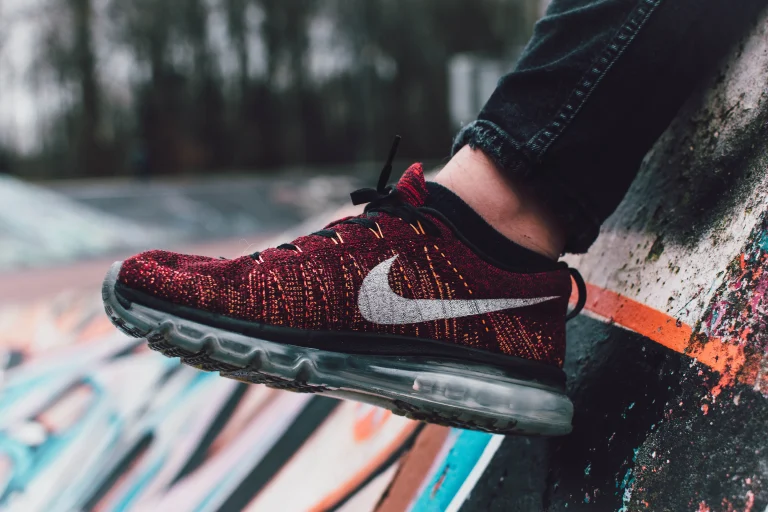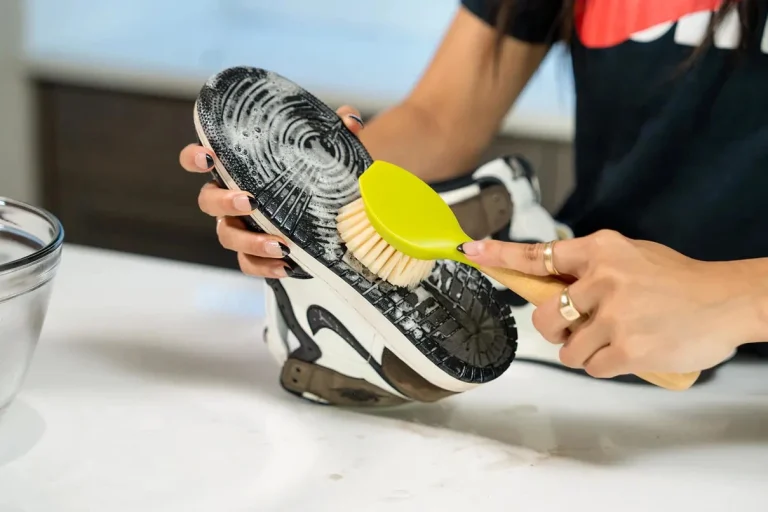How To Waterproof Tennis Shoes?
Keeping your tennis shoes dry and protected from water damage is essential for maintaining their longevity and performance. Whether you’re playing on wet courts, hiking in damp conditions, or simply want to be prepared for unexpected rain showers, waterproofing your tennis shoes is a smart investment.
You will learn in this article how to waterproof tennis shoes. Furthermore, we will share tips on caring for your waterproofed tennis shoes to ensure their durability and effectiveness. We will also provide additional considerations and recommendations for different shoe materials and weather conditions.
In this article, we will guide you through the process how to waterproof tennis shoes effectively. We will discuss the importance of waterproofing and the benefits it offers. Additionally, we will provide step-by-step instructions on how to prepare your shoes for waterproofing, choose the right waterproofing product, and apply it correctly.
Preparing the shoes for waterproofing
Before applying any waterproofing product to your tennis shoes, it is crucial to properly prepare them. This will ensure that the product adheres well and provides maximum protection. Follow these steps to prepare your tennis shoes for waterproofing:
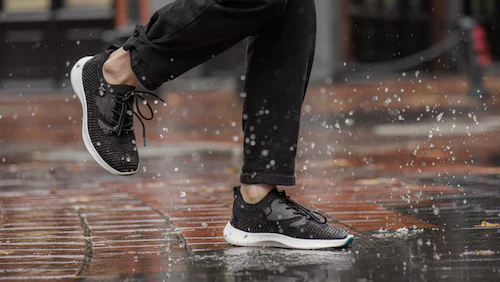
Cleaning the shoes
- Remove the shoelaces and any inserts or insoles from the shoes.
- Use a soft brush or cloth to remove any loose dirt or debris from the surface of the shoes.
- If there are stubborn stains or marks, use a mild detergent or shoe cleaner to gently scrub the affected areas.
- Rinse the shoes thoroughly with clean water to remove any soap residue.
- Allow the shoes to air dry completely before proceeding to the next step.
Removing dirt and debris
- Inspect the outsole of the shoes and remove any pebbles, twigs, or other debris that may be stuck in the treads.
- Use a toothbrush or a small brush to clean out the crevices and hard-to-reach areas.
- Wipe the outsole with a damp cloth to remove any remaining dirt or dust.
Drying the shoes
- Place the shoes in a well-ventilated area or use a fan to speed up the drying process.
- Avoid using direct heat sources such as hairdryers or heaters, as they can damage the shoe materials.
- Ensure that the shoes are completely dry before applying any waterproofing product.
By thoroughly cleaning and drying your tennis shoes, you will create a clean and receptive surface for the waterproofing product to adhere to. This will enhance the effectiveness of the waterproofing and prolong the life of your shoes. After read this article you will learn how to waterproof tennis shoes.
Read More: How To Measure Shoe Laces
Read More: How Often Should Nurses Replace Shoes?
Waterproofing Through Silicon Spray
When it comes to waterproofing tennis shoes, one popular option is using a silicon spray. Silicon Spray is used waterproof tennis shoes. Silicon sprays create a protective barrier that repels water, keeping your shoes dry and protected. Here’s what you need to know about using a silicon spray for waterproofing:
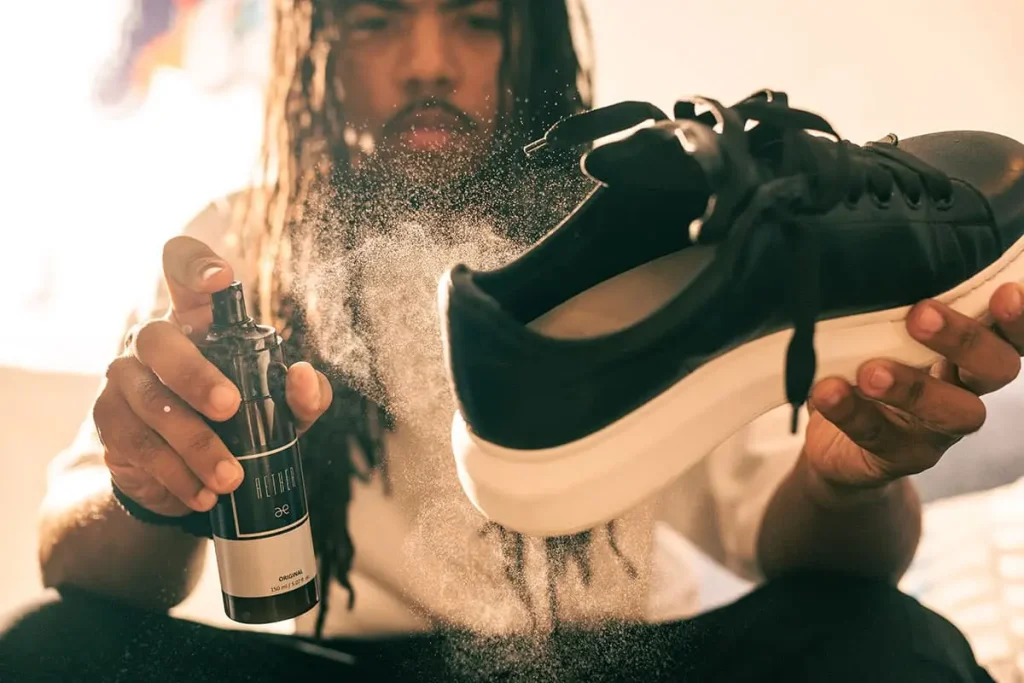
Benefits of silicon spray
- Water repellency: Silicon sprays create a hydrophobic barrier that prevents water from penetrating the shoe material.
- Breathability: Silicon sprays allow air to pass through, maintaining the breathability of your shoes.
- Versatility: Silicon sprays can be used on various shoe materials, including leather, synthetic, and fabric.
Considerations for using silicon spray
- Shoe material compatibility: Silicon sprays are generally safe to use on most shoe materials, but it’s always a good idea to check the product label for any specific instructions or limitations.
- Application method: Silicon sprays are typically applied by spraying an even coat onto the shoe surface. Ensure that you apply the spray in a well-ventilated area and follow the instructions provided by the manufacturer.
- Multiple coats: Depending on the level of waterproofing desired, you may need to apply multiple coats of silicon spray. Allow each coat to dry completely before applying the next one.
Read More: How To Waterproof Running Shoes?
Waterproofing Through Wax Application
Another effective method for waterproofing tennis shoes is through wax application. Wax you can used for waterproof of tennis shoes. Wax creates a protective layer that repels water and keeps your shoes dry. Here’s what you need to know about waterproofing tennis shoes using wax:
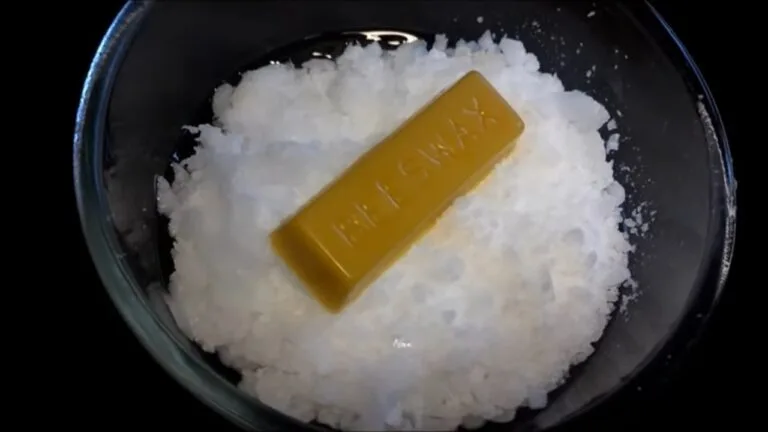
Benefits of wax application
- Water repellency: Wax forms a barrier that prevents water from seeping into the shoe material.
- Durability: Wax provides long-lasting waterproofing, even in harsh weather conditions.
- Conditioning: Some waxes contain conditioning agents that nourish and protect the shoe material, extending its lifespan.
Considerations for using wax
- Shoe material compatibility: Wax is suitable for leather and synthetic materials. It may not be suitable for fabric or mesh shoes.
- Application method: Wax is typically applied by rubbing it onto the shoe surface using a cloth or sponge. Follow the instructions provided by the wax manufacturer for the best results.
- Multiple coats: Depending on the level of waterproofing desired, you may need to apply multiple coats of wax. Allow each coat to dry before applying the next one.
Waterproofing With Vaseline
Waterproofing tennis shoes using Vaseline is a simple and cost-effective method. Vaseline is used for waterproof of tennis shoes. Vaseline, a petroleum jelly product, can create a protective barrier that repels water. Here’s what you need to know about waterproofing tennis shoes with Vaseline:
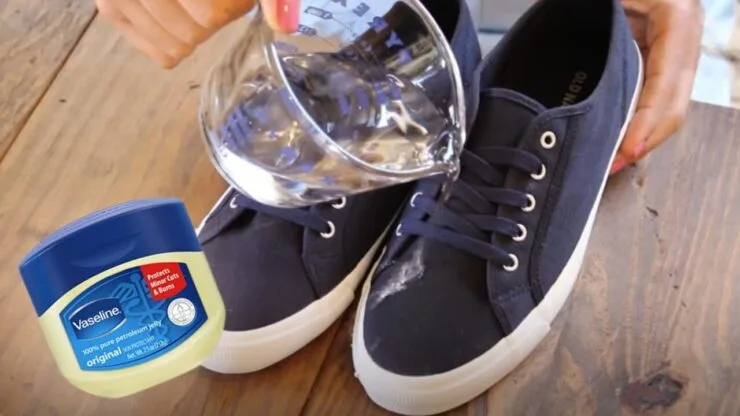
Benefits of using Vaseline
- Water repellency: Vaseline forms a barrier that prevents water from penetrating the shoe material.
- Versatility: Vaseline can be used on various shoe materials, including leather, synthetic, and fabric.
- Cost-effective: Vaseline is an affordable option for waterproofing and is readily available.
Considerations for using Vaseline:
- Shoe material compatibility: Vaseline is generally safe to use on most shoe materials, but it’s always a good idea to test it on a small, inconspicuous area first to ensure compatibility and check for any adverse reactions.
- Application method: Apply a thin layer of Vaseline onto the shoe surface using a clean cloth or your fingers. Ensure even coverage, paying attention to seams and stitching.
- Reapplication: Vaseline may wear off over time or with exposure to water, so periodic reapplication may be necessary.
Spray It Down With Scotchguard
One effective method for waterproofing tennis shoes is by using Scotchgard, a popular brand of fabric protector spray. Scotchguard is used for waterproof of tennis shoes. Scotchgard creates a protective barrier that repels water, keeping your shoes dry and protected. Here’s what you need to know about waterproofing tennis shoes with Scotchgard:
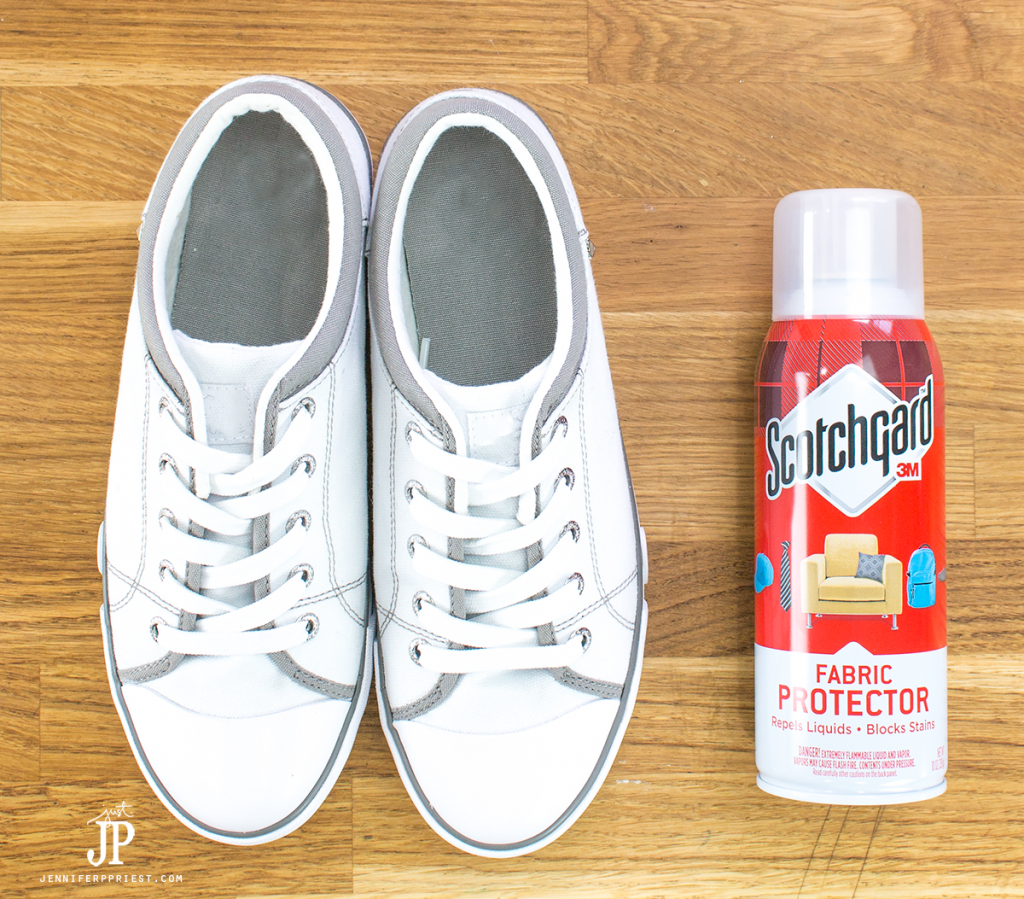
Benefits of using Scotchgard
- Water repellency: Scotchgard forms a barrier that prevents water from penetrating the shoe material.
- Versatility: Scotchgard can be used on various shoe materials, including fabric, mesh, and synthetic materials.
- Ease of use: Scotchgard comes in a convenient spray bottle, making it easy to apply evenly on the shoe surface.
Considerations for using Scotchgard
- Shoe material compatibility: Scotchgard is generally safe to use on most shoe materials, but it’s always a good idea to test it on a small, inconspicuous area first to ensure compatibility and check for any adverse reactions.
- Application method: Shake the Scotchgard can well and hold it about 6-8 inches away from the shoe surface. Spray an even coat, ensuring complete coverage. Avoid oversaturating the shoes.
- Drying time: Allow the shoes to dry completely after applying Scotchgard. This may take a few hours, so be patient and avoid wearing the shoes until they are fully dry.
Caring for waterproofed tennis shoes
Proper care is essential for maintaining the waterproofing of your tennis shoes. After waterproofing, ensure your shoes are completely dry before storing them in a cool, dry place. Regularly clean your shoes to remove dirt and debris, using gentle cleaning methods and avoiding harsh chemicals.
If your shoes get wet or dirty, clean them promptly to prevent stains or damage. Monitor the effectiveness of the waterproofing and reapply the product as needed. Avoid machine washing and using direct heat sources for drying.
By following these care tips, you can extend the lifespan of your waterproofed tennis shoes and keep them ready for your next game, no matter the weather.
Conclusion
In conclusion, waterproofing your tennis shoes is a crucial step in protecting them from water damage and extending their lifespan. By following the proper steps and using the right waterproofing product, you can ensure that your shoes remain dry and ready for any weather conditions.
Preparing the shoes by cleaning and drying them thoroughly sets the foundation for effective waterproofing. You will learn in this article how to waterproof tennis shoes.

